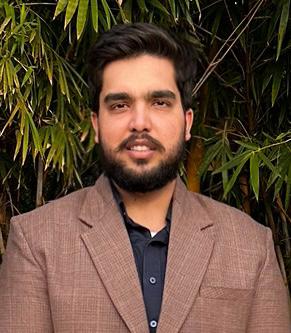Panjab varsity team develops portal to rank researchers & scientists
Panjab University’s researchers have developed a system to rank scientists and to make them assess their global standing in real-time. This is the first time that such a mechanism has been devised by the university’s researchers. This will assist faculty in improving their citations and promoting their research, which in turn will enhance the perception of the author and institution in the scientific community. The team behind the project — Dr Neeraj Kumar Singh, Deputy Librarian, AC Joshi Library, PU; and Rohit Chauhan, research scholar with the PU Psychology Department—promise to provide improved transparency, accuracy, and a user-friendly interface in the portal.
The key highlights of the PU portal are the HM index (a citation metric that measures research impact and accounts for multi-authored manuscripts by assigning partial credit to each co-author) and the composite scores (a single score that represents a combination of multiple variables)—the key parameters to calculate global rankings, which are presently unavailable on the SCOPUS/Web of Science, the leading citation databases of the world. The system also clarifies how ranks are assigned to the scientists, ensuring that discrepancies are justified. “The portal calculates the composite scores using the six indices—total citations, H-index, HM-index, single author citations, single and first authored citations, and single, first and last authored. This eliminates the guesswork involved in ranking generation and ensures consistency in the application of the methodology,” Dr Singh stated.
The researchers also claimed to have addressed the issues that were present with Stanford’s ranking system, regarded as a prominent benchmark for recognising the world’s leading scientists. Forty-six faculty members from the PU had featured among their ‘top 2 per cent’ scientists list in the world in September this year. According to the PU researchers, key issues with the Stanford system include ambiguity about the total population of authors considered, unresolved problems with multiple SCOPUS (a scientific abstract and citation database) profiles, and inconsistencies such as mismatches between serial numbers and ranks. Additionally, some researchers with strong composite scores seem to be left out, and the methodology fails to account for retracted articles in the calculation of composite scores.
Applauding the efforts of researchers, PU Vice-Chancellor Renu Vig said it was a crucial step in the direction of devising our own methods and parameters to evaluate research and researchers.









